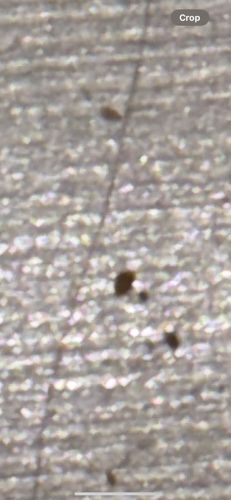Booklice / Psocids
Scientific Name: Various species, commonly Liposcelis spp. for indoor booklice.
Order & Family: Order: Psocoptera, various families (e.g., Liposcelididae, Psocidae)
Size: Typically 1-2 mm, though some species can be larger up to 10 mm.

Natural Habitat
Damp, humid, and often undisturbed environments indoors (e.g., bathrooms, basements, kitchens, basements, books, stored food, wall cavities, damp plaster/wood) and outdoors (e.g., under bark, in leaf litter, bird nests).
Diet & Feeding
Mainly molds, fungi, dead insects, pollen, grains, books, paper, and starchy food products.
Behavior Patterns
Psocids are often found in groups. They are generalist scavengers, primarily found in damp, undisturbed areas. They are known to feed on mold, fungi, dead insects, and starchy materials. Their populations can increase rapidly under favorable conditions (high humidity, food availability). They are typically not highly mobile and prefer to remain in dark, protected areas. They undergo gradual metamorphosis (egg, nymph, adult).
Risks & Benefits
Risks: Can be a nuisance pest in homes and libraries, potentially damaging books, paper, and stored food products. Large populations may exacerbate allergies in sensitive individuals due to dust created by their presence and excretions. They do not bite or transmit diseases. Benefits: In natural environments, they serve as decomposers, feeding on mold and other organic matter, contributing to nutrient cycling.
Identified on: 9/1/2025